Hybrid AWD Vs Mechanical AWD

Electric motors in hybrids and EVs do more than just save gas; they have incredible potential for enhanced performance and safety. In fact, many hybrids have all-wheel drive systems that are better than what you would find in a gasoline car.
How does a Traditional All-Wheel Drive System work?
SEE ALSO: What’s the Best All-Wheel Drive System For You?
To combat unnecessary fuel usage and parasitic losses, some automakers offer cars with part-time all-wheel drive. These work by sending power to all four wheels once slippage is detected. Often called a slip-and-grip setup, these also have drawbacks, namely they aren’t very good for performance and wait to act until you are starting to slip.
How do Hybrid All-Wheel Drive Systems Work?
In the RX450h AWD, an electric motor is paired to each of the axles. Like a part-time AWD system, the car can power additional wheels when grip is needed. In the Lexus RX450h’s case, the electric motor that operates the rear wheels only activates when starting from a stop for a stronger launch, during hard acceleration for more passing ability, sharp turning for more grip and if the front wheels slip for more traction.
This system is reactive like a traditional slip-and-grip system, but there’s one very important difference important part: electric motors are extremely responsive and offer instant torque.
But back to all-wheel drive hybrids, one final thought is that these electric all-wheel drive systems don’t have to be split between four wheels like a traditional all-wheel drive setup.
Hybrid AWD Gaining Traction (in unusual places)
In fact, many high-performance cars are realizing the potential of electric-assisted all-wheel drive systems. Porsche’s awesome 918 Spyder pairs its potent mid-mounted V8 engine to an electric motor that turns the front wheels to help achieve an amazing lap time of just 6:57 at the famous Nurburgring.
The Porsche 918 and i8 both boast all-electric modes, allowing them to scoot around without using fuel for a limited distance.
The potential for high-performance all-wheel drive vehicles is just being realized. Take a look at the most recent 24 Hours of LeMans, where the top cars (the Audi R18 e-quattro and the Toyota TS040) used hybrid all-wheel drive layouts. We can easily expect more race-cars like this in the near future.
Less Compromised?
Hybrid-electric all-wheel drive systems still come with a few issues, like added costs and the extra weight of the electric motors and batteries.
But those compromises may be liveable for the extra benefit of all-wheel drive and improved fuel economy. For example, the Lexus RX450h AWD gets a gain of eight MPG (in combined driving situations) compared to its non-hybrid counterpart the RX 350 AWD. The front-wheel drive RX450h nets buyers just one more MPG than the AWD version, hinting that the added weight in this application may not be affecting fuel economy in a huge way.
For road applications, hybrid AWD vehicles can provide more than just added MPGs. They enhance the driving dynamics and stability of the car as well with more sporty applications on the way.

Sami has an unquenchable thirst for car knowledge and has been at AutoGuide for the past six years. He has a degree in journalism and media studies from the University of Guelph-Humber in Toronto and has won multiple journalism awards from the Automotive Journalist Association of Canada. Sami is also on the jury for the World Car Awards.
More by Sami Haj-Assaad





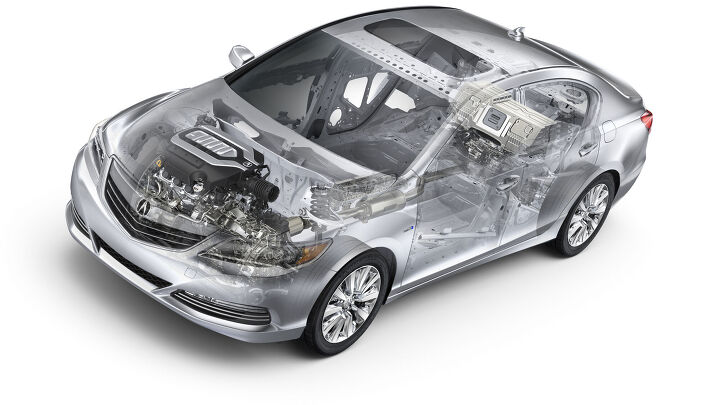














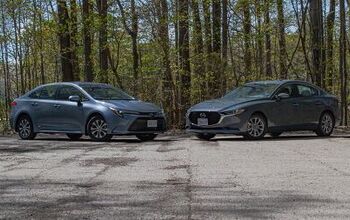
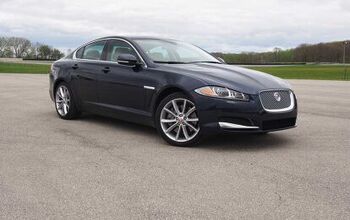
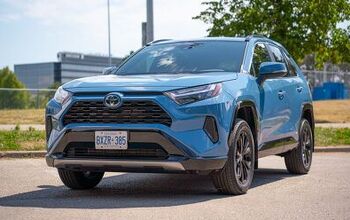
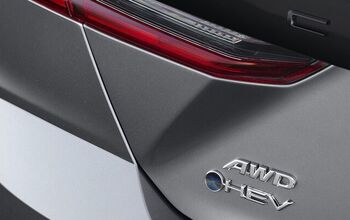
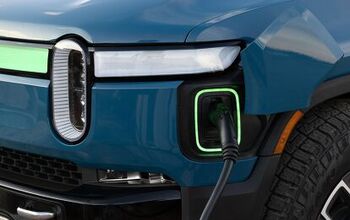





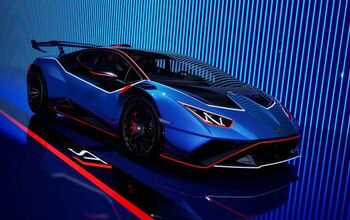

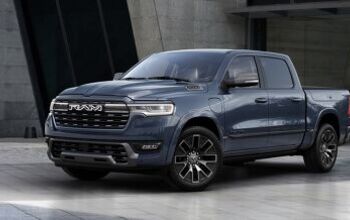
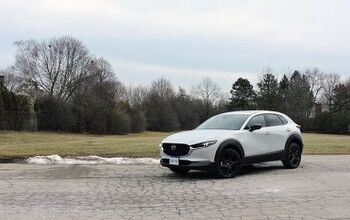


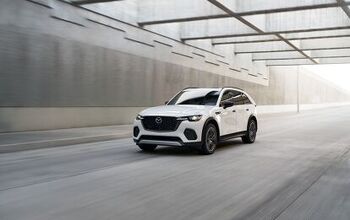
Comments
Join the conversation
The only layout I'd be interested in is E-AWD engine for one axle, motor for other. A tiny motor stepped down with reduction gearing to max out down low up to 35-45MPH, where you need it the most.